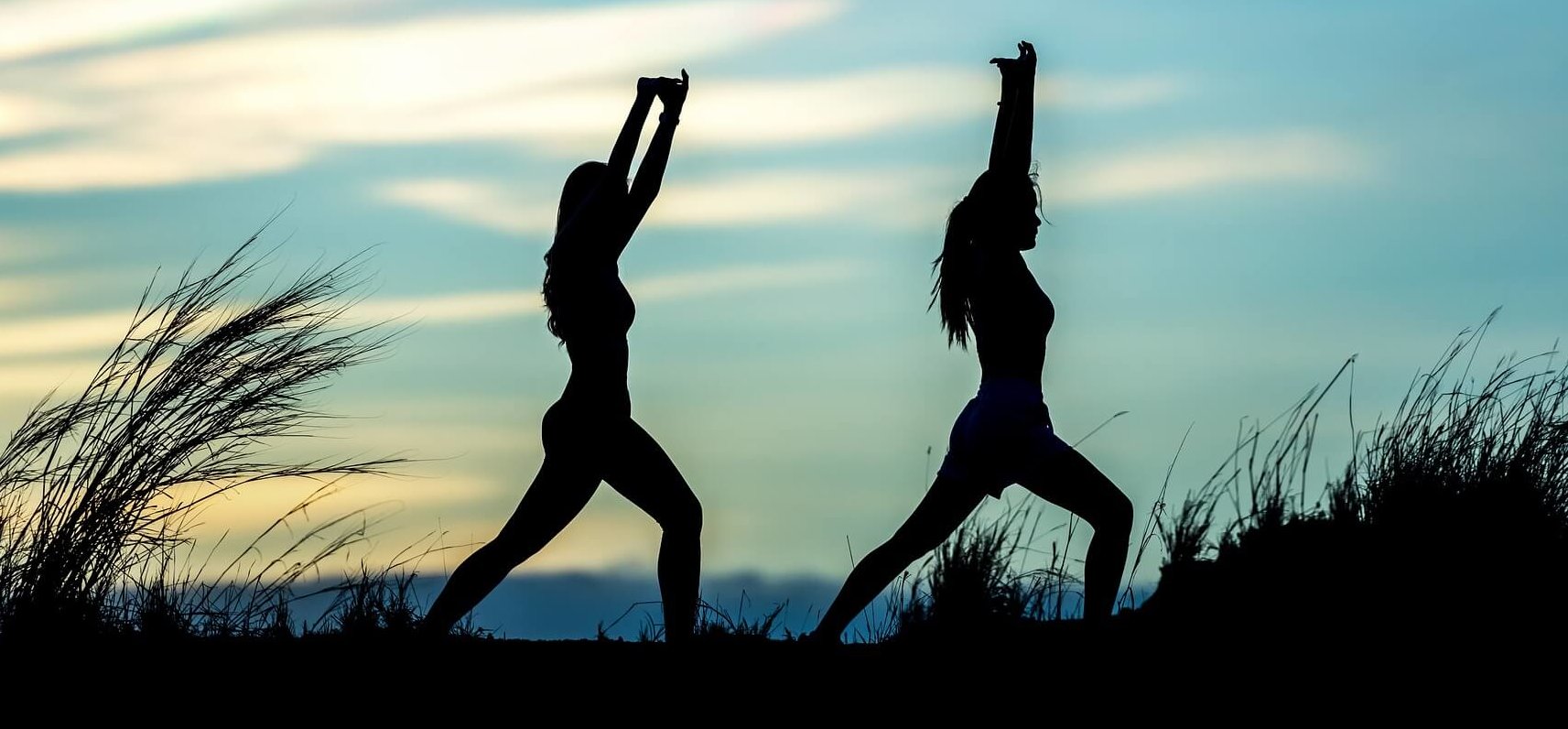COVID-19’s drastic measures to control the spread of the coronavirus have kept people in many parts of the world at home. This has made it hard to hit the gym and could have resulted in a drop in fitness levels across the globe. In reality, data collected from search engines and the sales of fitness monitors, home exercise equipment and a surge in online workout videos suggest that people are still willing to be active and “workout from home”.
The pandemic seemed to have given people a new drive to exercise, even if that is just a stroll around the block. COVID-19’s brutal toll on people with underlying conditions has made some people take a closer look at their mental health and fitness levels. Physical activity is one way to improve both.
“There’s a broad social embrace of fitness as something we should be doing, even in our downtime, even when we’re at home and theoretically supposed to be relaxing” – Natalia Mehlman Petrzela
Are home exercises here to stay?
Gym owners worldwide welcomed the news of new COVID-19 vaccines with open arms. But as it is the case for working from home, it is believed that working out will also follow the same pattern as people will want to alternate between gyms and home-based exercises. Also, Sensing Mats are stretchable and flexible by nature making it possible to carry your own mat to the yoga class and start tracking.
Yoga – a huge market

With over 300 Million practitioners globally, 6000 US based schools and an average $435 yearly spend per user, Yoga is a widely loved practice that
attracts people from every age group. While predominantly popular with women (72% of users), there has been an increasing number of men interested in yoga.
How Sensing Mats can help bring the gym to your home
A smart fitness mat, incorporating a grid of our highly sensitive sensors and coupled with a powerful computer vision/ Machine learning enabled software has proven very effective in recognizing complex yoga moves and other fitness exercises without the need to wear any additional wearable sensors.
In addition to tracking your diverse workout exercises such as push-ups, abdominal crunches and squats at home, you can link your software to a compatible instruction video streaming service and get detailed instructions on your form,
posture and improvement suggestions.

Sky is the limit!
As a method for motivating people to exercise regularly, different kinds of sport tracking systems have been proposed for many years now. A study shows that, users who get computer feedback during their exercise sessions have significantly higher attendance and adherence and fewer drop-outs compared to users without any feedback.
Many strength related exercises involve contact between different body parts and the ground. For each exercise, a characteristic spatial temporal contact and pressure pattern can be identified.
Tips for getting the activity you need:
- Keep your workouts interesting
- Try something new
- Join the kids
- Create your home gym routine


Leave A Comment